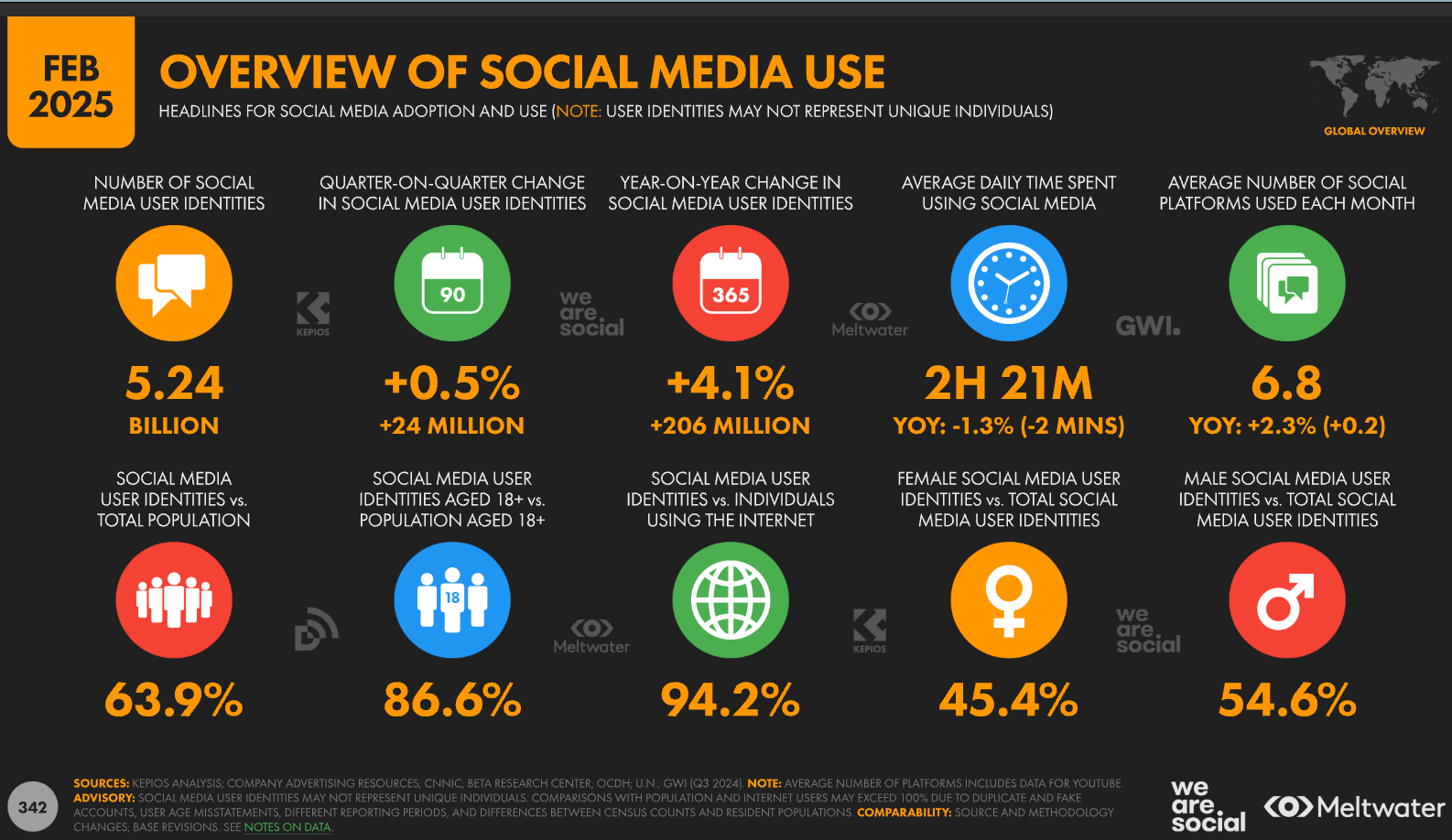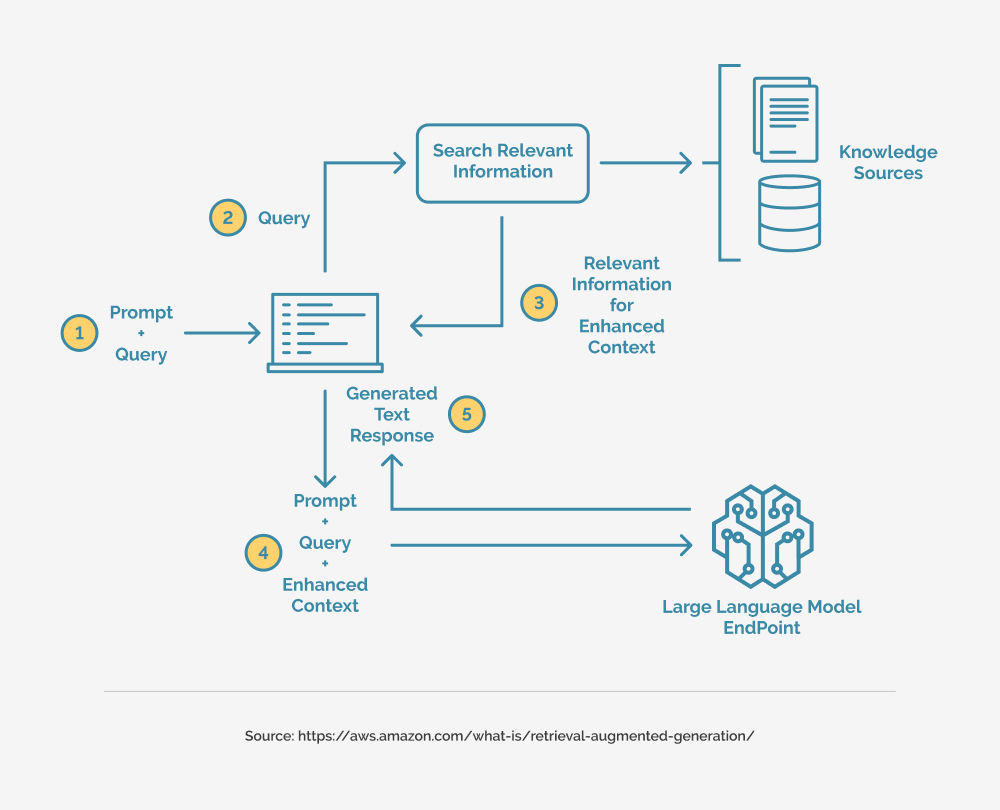NATURE'S GREATEST SUCCESS
Spengler, a researcher at the Max Planck Institute in Germany, has no patience with the traditional history of agriculture, in which hunter-gatherers, pressured by overpopulation and climate change, settled down on farms and invented civilization. It turns out that hunter-gatherers had a fairly easy life, and farming first appeared in fertile areas where food was not scarce. Humans didn’t invent agriculture and domestication; they developed across the world in thousands of areas over thousands of years. While it’s still a matter of debate, Spengler supports the school that treats this as an evolutionary process in which Darwinian natural selection took precedence—and the selective pressure that humans placed on organisms was often stronger than what the organisms encountered in the wild. According to the author, humans did not choose their crops—plants auditioned for the role. Their earliest adaptations were the recruitment of more effective seed dispersers: people. More-developed plants with the largest seeds and greatest vegetative mass outcompeted the others, but this took thousands of years, with little input from the farmer. Readers may be surprised when Spengler maintains that premodern farmers did not understand that crops could change over long periods or that varieties could improve through breeding. These concepts never appear in the voluminous writings on agriculture from Greek and Roman times, and the massive growth in grain, fruit, and seed occurred only after 1750, when farmers learned how to do it. Spengler writes lucidly, although this is an academic work with concepts and language that occasionally go beyond the average reader’s experience.


Spengler, a researcher at the Max Planck Institute in Germany, has no patience with the traditional history of agriculture, in which hunter-gatherers, pressured by overpopulation and climate change, settled down on farms and invented civilization. It turns out that hunter-gatherers had a fairly easy life, and farming first appeared in fertile areas where food was not scarce. Humans didn’t invent agriculture and domestication; they developed across the world in thousands of areas over thousands of years. While it’s still a matter of debate, Spengler supports the school that treats this as an evolutionary process in which Darwinian natural selection took precedence—and the selective pressure that humans placed on organisms was often stronger than what the organisms encountered in the wild. According to the author, humans did not choose their crops—plants auditioned for the role. Their earliest adaptations were the recruitment of more effective seed dispersers: people. More-developed plants with the largest seeds and greatest vegetative mass outcompeted the others, but this took thousands of years, with little input from the farmer. Readers may be surprised when Spengler maintains that premodern farmers did not understand that crops could change over long periods or that varieties could improve through breeding. These concepts never appear in the voluminous writings on agriculture from Greek and Roman times, and the massive growth in grain, fruit, and seed occurred only after 1750, when farmers learned how to do it. Spengler writes lucidly, although this is an academic work with concepts and language that occasionally go beyond the average reader’s experience.



















































![The 11 Best Landing Page Builder Software Tools [2025]](https://www.growthmarketingpro.com/wp-content/uploads/2024/04/best-landing-page-software-hero-image-1024x618.png?#)


































![What Is Generative Engine Optimization [Tips & Workflows To Do It]](https://moz.com/images/blog/banners/What-Is-Generative-Engine-Optimization-Tips-Workflows-To-Do-It-1.png?auto=compress,format&fit=crop&dm=1745607929&s=6f75f1f02c531af0f80acb12517c8bab#)


























![Social media image sizes for all networks [May 2025]](https://blog.hootsuite.com/wp-content/uploads/2023/01/Social-Media-Image-Sizes-2023.png)



![The fastest growing social media platforms of 2025 [new data]](https://53.fs1.hubspotusercontent-na1.net/hubfs/53/fastest-growing-social-media-platforms.jpg)


















